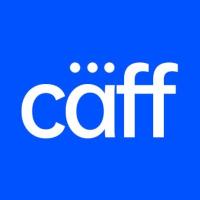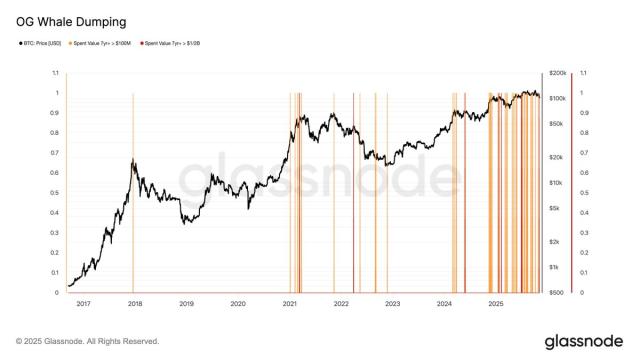"Web3 Daily Briefing" is an official newsletter from Web3Caff, summarizing important news, official updates, and selected articles from the past 24 hours for the Web3.0 community. It aims to help Web3.0 enthusiasts and builders quickly understand the latest industry developments. For more timely and comprehensive updates on the latest industry trends and insightful articles, please follow our official Twitter account.
Cover: Balancer
- Franklin Templeton launches its first tokenized money market fund in Hong Kong.

- Balancer releases preliminary report on the attack.

- SBI Group's digital asset division will adopt Chainlink as its infrastructure solution.

- The Ethereum Foundation launches the Founders Lab mentorship program.

- Solayer: InfiniSVM mainnet alpha version to be released in Q4

- Aave founder: Immutable oracles and interest rate mechanisms may trigger systemic risks; conflicts of interest among asset managers exacerbate industry risks.

- RedStone launches HyperStone oracle

- Solana infrastructure startup Harmonic has raised $6 million in seed funding , led by Paradigm.

- Blockchain payment company Ripple announced the completion of a $500 million funding round , led by Fortress and Citadel Securities.

- Digital asset infrastructure company OFA Group completes $50 million private equity funding round

Great articles you might have missed
Recently, Indian tax authorities are investigating over 400 high-net-worth individuals trading on Binance, suspected of evading substantial taxes levied on cryptocurrency transactions between 2022-23 and 2024-25. India imposes a 1% withholding tax and a 30% profit tax on cryptocurrency traders, with an effective tax rate potentially as high as 42.7%. This article discusses this topic in detail.
As AI agents evolve from tools to autonomous economic entities, they become economic participants capable of making autonomous decisions, executing operations, and exchanging value. However, traditional payment infrastructure cannot meet a series of core needs of agents, such as autonomous transactions. These bottlenecks have spurred the emergence of a new generation of protocols—x402, AP2, and ERC-8004—which this article will discuss.
Content theft is not a viable option for the internet, so content publishers are turning to charging small fees to their websites, requiring agents to have the ability to pay. For decades, micropayments have been difficult to achieve until the emergence of blockchain technology broke this deadlock. Blockchain technologies such as Solana make large-scale micropayments possible, as discussed in this article.
As this era begins to unfold, we need to clarify which elements, among the numerous narratives built for on-chain participants that have already faded into oblivion, will survive the test of time and quickly integrate into the trend of "the world is collectively going on-chain"; and how these elements can thrive alongside this trend in the future. This article will discuss this for you.
Disclaimer: As a blockchain information platform, the articles published on this site represent only the personal views of the authors and guests and do not reflect the position of Web3Caff. The information contained in the articles is for reference only and does not constitute any investment advice or offer. Please comply with the relevant laws and regulations of your country or region.
Welcome to the official Web3Caff community : Twitter account | Web3Caff Research Twitter account | WeChat reader group | WeChat official account








